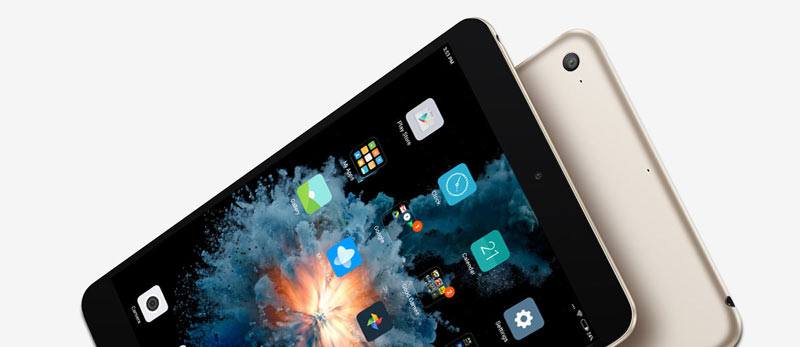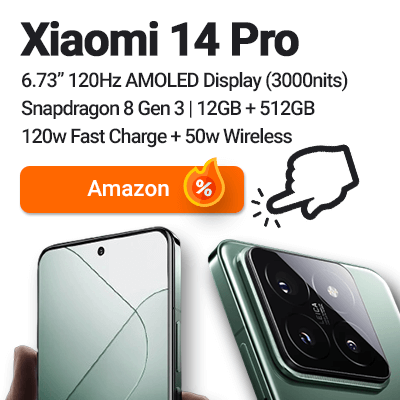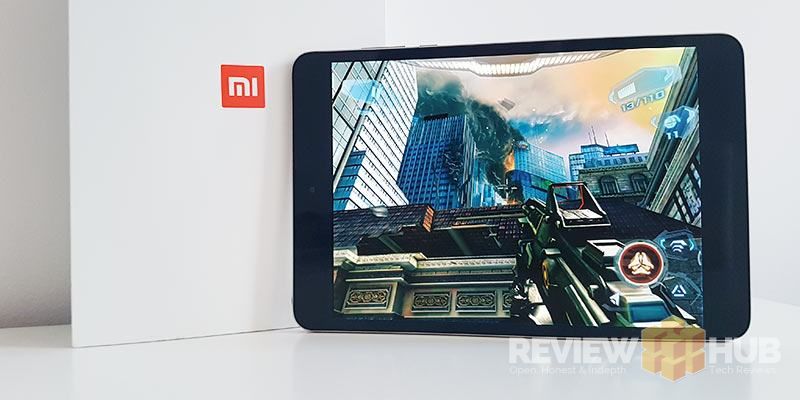
Xiaomi have released the 3rd iteration of their much-loved Mi Pad series tablet. So what’s new in the Mi Pad 3?
On the outside, the Mi Pad 2 and the Mi Pad 3 are nearly identical. They have the same metal unibody design, the buttons are located in the same place, they both use USB-Type C and even the displays are the same size, aspect ratio and resolution.
You can see my Full Hands-on Xiaomi Mi Pad 3 Review Here.
It’s only when we look under the hood that we see there’s been quite the overhaul of internal components. Given some thought, this makes a lot of sense as the design of the Mi Pad 2 was one of it’s best features and main selling points. So if it ain’t broke don’t fix it!
The good news is that if you’re looking to upgrade your current case will fit just fine on the Mi Pad 3. The bad news is that you probably won’t want to upgrade as you won’t be getting much of a performance bump.
Xiaomi Mi Pad 3 Vs Xiaomi Mi Pad 2
So let’s find out just what’s new on the Mi Pad 3 in our comparison table below. I’ve made the changes bold so they stand out more easily.
 |
 |
|
|---|---|---|
| Xiaomi Mi Pad 2 | Xiaomi Mi Pad 3 | |
| Screen Size | 7.9 inch | 7.9 inch |
| Pixel Density | 326 | 326 |
| Screen Resolution | 2014×1553 | 2014×1553 |
| Screen technology | IPS | IPS |
| Thickness | 7mm | 7mm |
| Weight | 322 grams | 328 grams |
| Material | Aluminium | Metal |
| Storage Options | 64GB | 64GB |
| Processor (CPU) | Intel Atom X5-Z8500 64bit Quad Core | MediaTek MT8176 2 x ARM Cortex-A72 (2GHz) + 4 x ARM Cortex-A53 (1.6GHz) |
| Graphics (GPU) | Intel HD Graphics | PowerVR GX6250 (600MHz) |
| RAM | 2GB | 4GB |
| OS | Windows 10 / Android 5 (MIUI 7) |
Android 7 (MIUI 8.2) |
| SD Card Slot | NO | NO |
| Quick Charge | Yes – Fast Charge | Yes – Quick Pump |
| USB Type | USB Type-C | USB Type-C |
| Rear Camera | 8MP f/2.0 | 8MP f/2.2 |
| Selfie Camera | 5MP | 5MP |
| Wifi | 802.11 a/b/g/n/ac | 802.11 a/b/g/n/ac |
| Bluetooth | 4.1 | 4.1 |
| Battery Size | 6190 mAh | 6600 mAh |
Thoughts on the Mi Pad 3 Upgrade
Looking at the table above we can clearly see that there’s a lot of similar features between the two tablets. What stands out though, is that the Mi Pad 3 comes with double the RAM (4GB), the latest version of Android (Nougat 7) and the latest version of MIUI (8.2). Another small benefit is they’ve increased the battery size by around 6%.
It’s a hard comparison to make though as the internals have gone from a low-powered Intel Atom processor to a MediaTek mobile processor.
So what does this mean for performance?
Mi Pad 2 Vs Mi Pad 3 – Gaming
When the Mi Pads are pitted against each other in 3D benchmarks, surprisingly we don’t see large performance gains from the Mi Pad 3.
AnTuTu Benchmark V
The Mi Pad 3 scored: 79483
- 3D – 14702
- UX – 32065
- CPU – 26197
- RAM – 6519
The Mi Pad 2 scored: 74831
- 3D – 19453
- UX – 24289
- CPU – 24397
- RAM – 6692
Geekbench Score:
Mi Pad 3 Geekbench Score:
- Single Core Performance: 1569
- Multi-Core Performance: 3157
Mi Pad 2 Geekbench Score:
- Single Core Performance: 1051
- Multi-Core Performance: 3129
As you can see from the gaming benchmarks the Mi Pad 2 with it’s Intel HD graphics actually scores higher on the AnTuTu 3D Benchmark. Both tablets will play almost all Android games smoothly but it’s still worth noting.
We do see improvements in the speed of general Android operations like switching between apps and system animation in the Mi Pad 3. Don’t forget to ask any questions in the comments below.
Overall the Mi Pad 3 is a well-designed tablet that runs smoothly. It’s just not the 15-20% performance bump we were hoping for. In terms of software stability, the Mi Pad 3 wins hands down.
Don’t forget to check out the Full Hands-on Xiaomi Mi Pad 3 Review Here.






